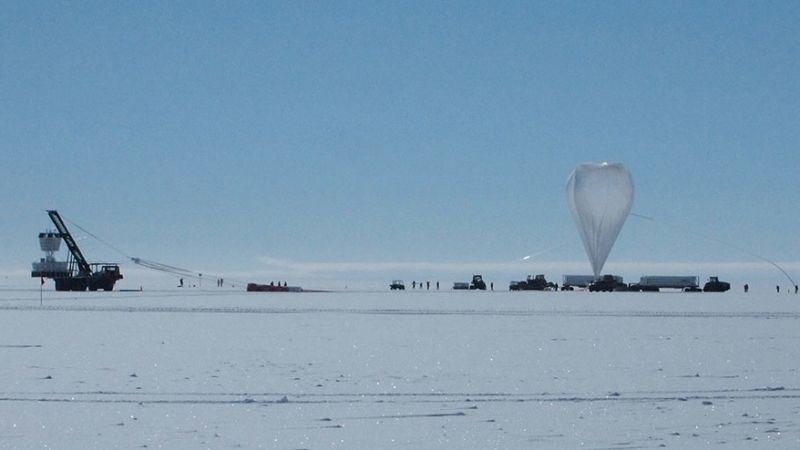Scientists are investigating unusual radio signals detected beneath Antarctic ice, initially observed during the search for neutrinos, elusive particles from cosmic rays. These signals, picked up by NASA’s Anita experiment between 2006 and 2016, seemed inexplicable as they appeared to travel through thousands of miles of rock, which should have absorbed them.
Follow-up studies from the Pierre Auger Observatory and other experiments have failed to replicate these signals, suggesting they do not stem from new physics. Researchers believe larger, more sensitive detectors might be necessary to clarify their origin.
Despite neutrinos being crucial for understanding cosmic rays, their detection is challenging due to their minimal interaction with materials. Anita’s data showed signals at unexpected angles, complicating source tracking. Current hypotheses, including the possibility of tau neutrinos, appear unlikely given the signals’ characteristics.
A new project, called Pueo, set to launch in December, aims to provide better insights into these anomalies, as it is designed to be significantly more sensitive than Anita. Overall, the origin of the signals remains a mystery, with ongoing efforts to locate them and enhance understanding.
Source link


